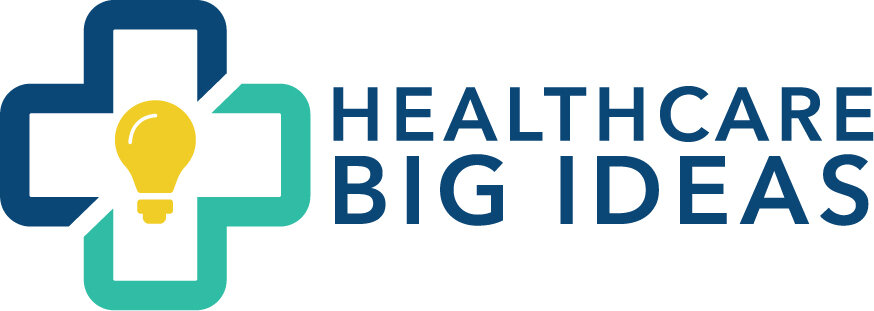The Risks of High Deductible Plans
We have provided past guidance to healthcare consumers regarding the financial risks associated with high deductible health plans. These health plans were intended to be paired with health savings accounts (HSAs) which would allow the consumer to save money on a pre-tax basis to pay for their annual healthcare out-of-pocket costs.
Unfortunately, only a small fraction of consumers with high deductible plans actually has an HSA. In a recent post, we have highlighted recent data that showed the buildup of $88 billion in medical debt. The link below documents the result of this situation by indicating that the majority (58%) of hospital bad debt now relates to the out-of-pocket costs of insured patients. This confirms that many healthcare consumers are selecting the wrong health plan for their circumstances.
